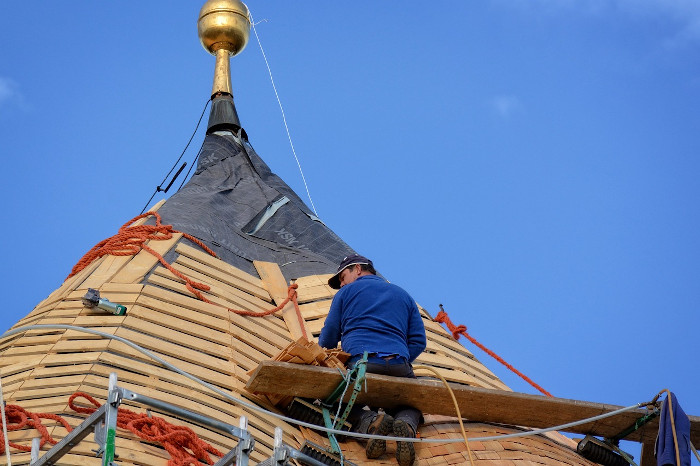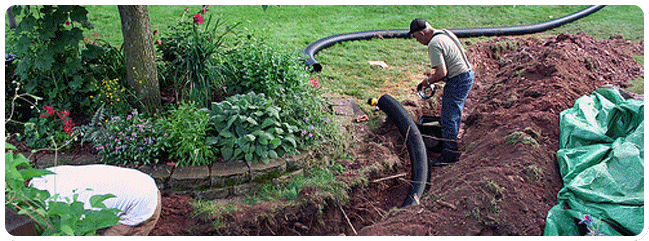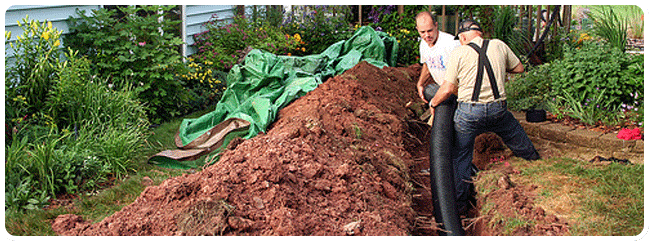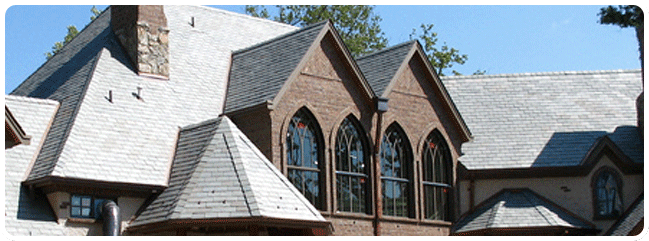No longer do you have to compromise style or quality to make eco-friendly choices for your home. In fact, sustainable roofing options have made remarkable strides, offering improved performance and longer life spans than ever before. If you’re considering a home renovation project with a focus on sustainability, here are some of the best roofing options for you:

Clay tile roof
Also known as terra cotta, clay tiles are also extremely durable as well as heavy and expensive. Authentic clay tiles are made with natural clay that is shaped and fired, similar to ceramic tile. Some tiles receive special glazes or paints for color or other added properties. The clay used for tiles is such a plentiful resource that many clay tile manufacturers claim their products to be sustainable. Source: TheSpruce
Metal roof
Pros: Extremely durable, long lasting, light reflective and fully recyclable, metal roofs are a great investment for anyone — not just green homeowners. You can ramp up the green factor by choosing a metal roof made with recycled content and in a lighter color.
Cons: More expensive than asphalt shingles (though less than copper and slate), a standing-seam metal roof is a bigger investment up front. Also, homeowners in areas with heavy snowfall must include a plan for dealing with snow — it slides right off metal roofs, potentially creating huge drifts around the perimeter of the house. Source: Houzz
Green roof
Green roofs, or rooftop gardens, use a layer of small trees, bushes, and other plants fixed over a waterproofing system installed on a flat or slightly sloped roof with levels for drainage. Rooftop gardens are a common sight throughout Europe, including Germany, France, Austria, and Switzerland, and are sprouting up throughout North America.
Replacing black asphalt with plants provides shade, lowering the surrounding air temperature and reducing your home’s energy use. According to the Environmental Protection Agency (EPA), green roof temperatures can be 30 degrees F to 40 degrees F lower than conventional roofs. A rooftop garden can also help improve air quality for you and your neighbors and help manage stormwater with your plants soaking up some of the rainwater. Source: ArchitecturalDigest
Cool roof
Cool roofs are defined as roofing materials that have been designed to reflect more sunlight and heat back into the atmosphere than traditional asphalt or concrete tiles. Cool roof coatings, paints, and membranes also fall into this category. They can be made from a variety of materials, including metal, asphalt, concrete, tile, slate, wood, or plastic. Cool roofs offer a number of benefits for both building owners and the environment:
– Reduced energy costs: cool roofs can reduce cooling expenses by up to 30%. This is because they keep buildings cooler in the summertime, meaning less air conditioning is needed to maintain a comfortable temperature.
– Reduced emissions: they also help reduce greenhouse gas emissions by decreasing the amount of energy needed to cool buildings. This will consequently help to prevent global warming and climate change.
– Extended roof life: cool roofs can extend the life of a building’s roofing system by protecting it from the sun’s heat and ultraviolet radiation. Asphalt shingles, for example, can last twice as long when installed on a cool roof. Source: AmazingArchitecture
Can’t decide which one will best suit your budget and needs? Call us. We’ll give you the expert guidance and personalized advice you need to make an informed decision. You’ll even get a free estimate!
Contact:
Kerrisdale Roofing & Drains
168 W 71st Ave, Vancouver, BC V5X 4S7
(604) 360-2114



















